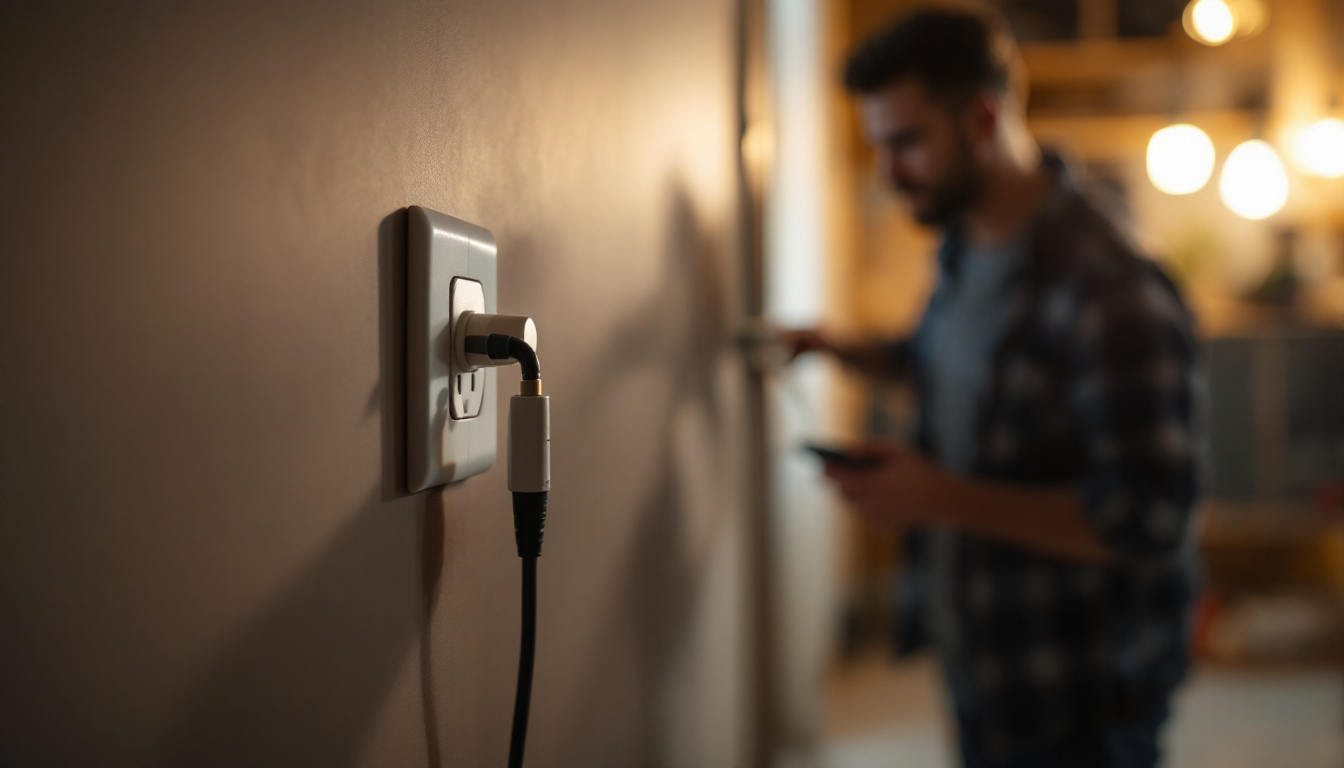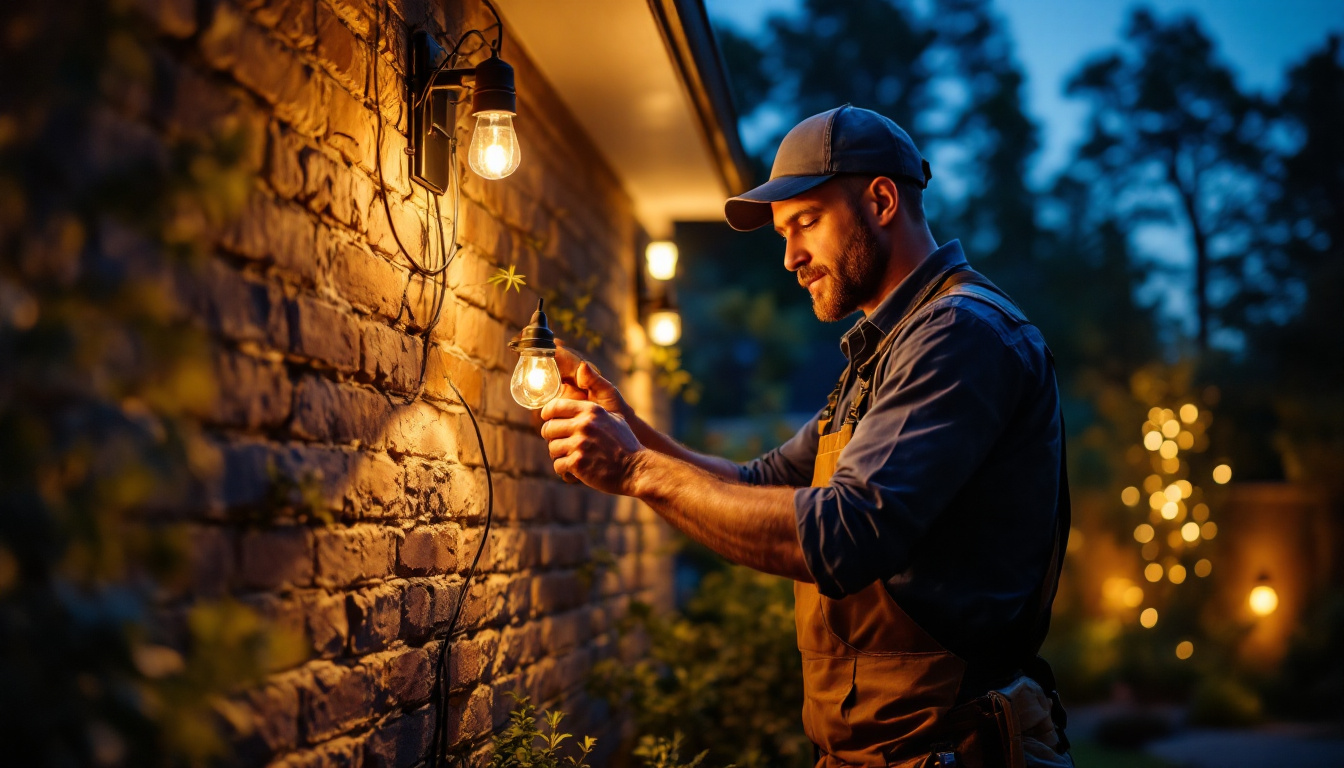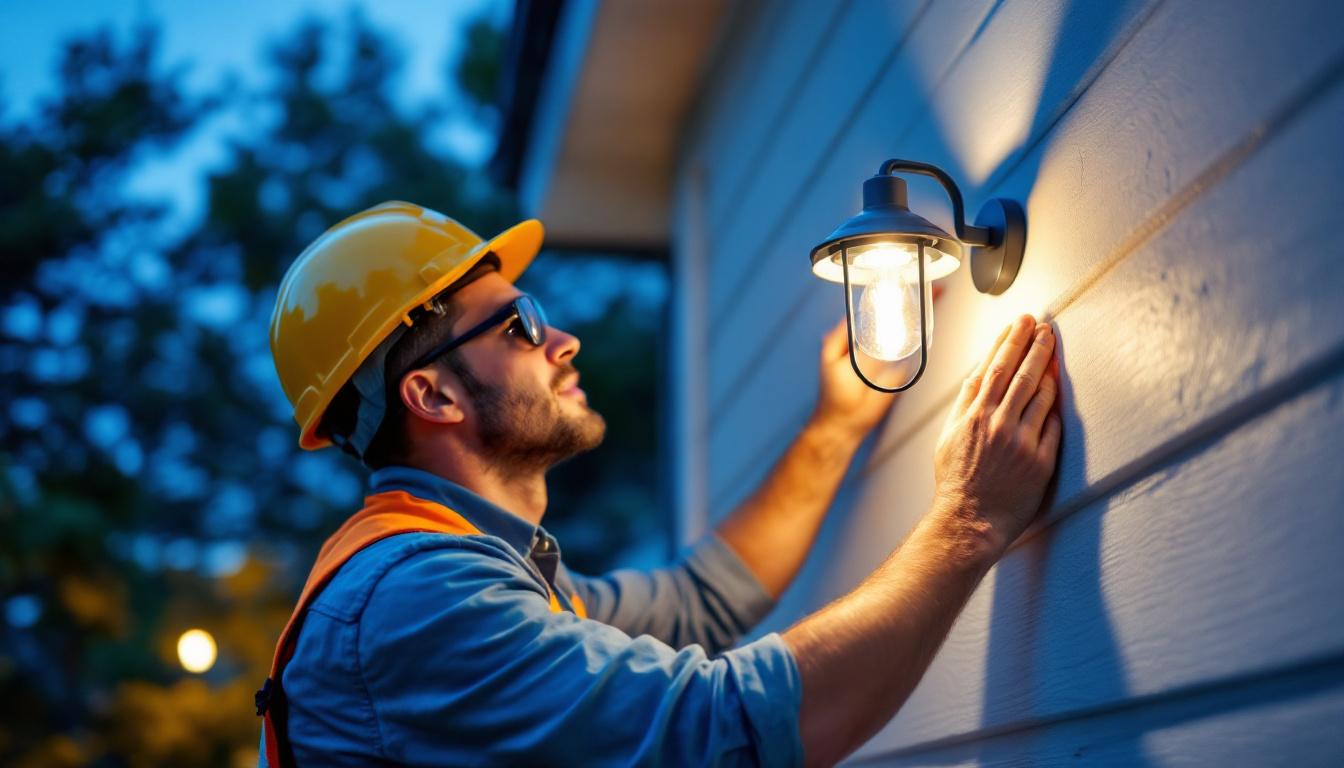
In the realm of electrical installations, particularly in lighting, safety and reliability are paramount. One innovation that has gained traction among lighting contractors is the lockable plug. This device not only enhances safety but also improves the efficiency of electrical connections in various settings. This article delves into the critical aspects of lockable plugs that lighting contractors should consider, highlighting their benefits, installation tips, and best practices.
Lockable plugs are specialized connectors designed to secure electrical connections, preventing accidental disconnections. These plugs are particularly useful in environments where equipment may be frequently moved or where safety is a concern, such as in outdoor lighting installations or temporary setups for events. The design of lockable plugs not only enhances safety but also ensures that the integrity of the electrical system is maintained, reducing the risk of equipment failure or electrical hazards.
The primary function of a lockable plug is to ensure that the connection remains intact, even under stress or movement. This is achieved through a locking mechanism that secures the plug into the socket, making it an ideal choice for lighting contractors who prioritize safety and reliability in their projects. Furthermore, the use of lockable plugs can significantly reduce downtime caused by accidental disconnections, allowing for smoother operations in environments where efficiency is key.
There are several types of lockable plugs available in the market, each designed to meet specific needs. Understanding these types can help lighting contractors choose the right one for their projects. Each type has unique features that cater to different applications, ensuring that contractors can find the perfect fit for their specific requirements.
In addition to the types mentioned, there are also specialized lockable plugs designed for specific applications, such as marine environments where moisture resistance is crucial. These plugs are built to withstand harsh conditions, ensuring that electrical connections remain secure even in challenging weather. Moreover, advancements in materials and technology have led to the development of lockable plugs that offer enhanced durability and resistance to wear and tear, further extending their lifespan and reliability in demanding situations.
Incorporating lockable plugs into lighting installations offers numerous advantages that can enhance both safety and efficiency. Understanding these benefits can help lighting contractors make informed decisions.
One of the most significant advantages of lockable plugs is the enhanced safety they provide. In environments where electrical connections are exposed to movement or environmental factors, a secure connection minimizes the risk of accidental disconnections. This is particularly crucial in outdoor lighting setups, where weather conditions can pose additional risks.
Moreover, the locking mechanism helps prevent unauthorized access to electrical connections, reducing the likelihood of tampering or accidental disconnections by untrained personnel. This is especially important in public spaces or events where many people might be present, as it ensures that the lighting remains functional and safe throughout the duration of the event. Additionally, the use of lockable plugs can help meet safety regulations and standards, providing peace of mind for both contractors and clients alike.
Lockable plugs are designed to withstand various stresses, making them more reliable than standard plugs. This reliability is essential for lighting contractors who need to ensure that their installations perform consistently over time. A secure connection reduces the chances of power interruptions, allowing lighting systems to function effectively without unexpected outages.
In addition, the durability of lockable plugs means they can withstand harsh conditions, making them suitable for both indoor and outdoor applications. This versatility is a key selling point for contractors looking to provide robust solutions to their clients. For instance, in high-traffic areas or locations prone to vibration, such as concert venues or construction sites, the ability of lockable plugs to maintain a secure connection can significantly reduce maintenance costs and downtime, ultimately leading to higher customer satisfaction.
While the primary function of lockable plugs is to secure connections, they are also designed with user-friendliness in mind. Many models feature intuitive locking mechanisms that allow for quick and easy connections and disconnections. This ease of use is particularly beneficial for contractors who may need to set up and dismantle lighting systems frequently, such as in event planning or temporary installations.
Furthermore, the straightforward design of these plugs means that they can be integrated into existing systems without extensive modifications, making them a practical choice for many lighting contractors. This adaptability not only saves time during installations but also reduces the learning curve for new staff or subcontractors who may not be familiar with the specific lighting setup. Additionally, many lockable plugs are designed to be color-coded or labeled, further simplifying the process of identifying the correct connections, which can be especially helpful in complex installations with multiple circuits or lighting zones.
Proper installation of lockable plugs is crucial to ensure their effectiveness and longevity. Lighting contractors should adhere to best practices to maximize the benefits of these devices.
The first step in the installation process is selecting the appropriate lockable plug for the specific application. Factors to consider include the voltage and current ratings, environmental conditions, and the type of equipment being used. For instance, a twist-lock plug may be ideal for outdoor lighting, while a pin and sleeve plug might be better suited for heavy-duty applications.
Contractors should also ensure that the chosen plug complies with relevant safety standards and regulations, which can vary by region. This compliance is essential not only for safety but also for maintaining the integrity of the installation.
Once the right plug is selected, contractors must focus on proper wiring techniques. This includes stripping the wires to the appropriate length, ensuring that the connections are secure, and using the correct gauge wire for the application. Poor wiring can lead to overheating and potential failure of the plug, compromising safety and reliability.
It is also advisable to use high-quality connectors and terminals to ensure a secure connection. Regular inspections of the wiring and connections can help identify any issues before they escalate into more significant problems.
After installation, testing the connection is a critical step that should not be overlooked. Lighting contractors should use appropriate testing equipment to verify that the lockable plug is functioning correctly and that there are no issues with the electrical supply. This testing can help identify any potential problems early on, allowing for timely corrections.
In addition, routine maintenance checks should be scheduled to ensure that the lockable plugs continue to perform optimally throughout their lifespan. This proactive approach can prevent unexpected outages and enhance the overall reliability of the lighting system.
Conducting routine inspections of lockable plugs is vital for identifying wear and tear or potential issues. Contractors should look for signs of damage, such as frayed wires, corrosion, or cracks in the plug casing. Addressing these issues promptly can prevent more significant problems down the line.
Additionally, checking the locking mechanism for proper functionality is crucial. If the mechanism becomes stiff or does not engage properly, it may need lubrication or replacement to ensure it continues to provide a secure connection.
Keeping lockable plugs clean is another important aspect of maintenance. Dust, dirt, and moisture can accumulate over time, potentially affecting the performance of the plug. Contractors should use appropriate cleaning methods to remove debris without damaging the plug or its components.
In environments where plugs are exposed to harsh conditions, such as outdoor installations, using protective covers can help shield them from the elements and prolong their lifespan. These simple measures can significantly enhance the durability of lockable plugs.
Maintaining accurate records of installations, inspections, and maintenance activities is a best practice that can benefit lighting contractors in the long run. Documentation provides a clear history of the equipment and can be invaluable for troubleshooting issues or planning future upgrades.
Moreover, keeping track of warranty information and manufacturer guidelines can help contractors ensure compliance with safety standards and make informed decisions regarding replacements or repairs.
Lockable plugs represent a significant advancement in electrical safety and reliability for lighting contractors. By understanding the various types available, recognizing their benefits, and adhering to best practices for installation and maintenance, contractors can enhance the quality of their lighting installations and ensure the safety of their clients.
As the demand for reliable and secure electrical connections continues to grow, incorporating lockable plugs into lighting projects is not just a trend but a necessity. By prioritizing safety and efficiency, lighting contractors can position themselves as leaders in the industry, ready to tackle the challenges of modern electrical installations.
Ready to elevate your lighting installations with the safety and reliability of lockable plugs? Look no further than LumenWholesale for all your lighting needs. Our extensive selection of spec-grade lighting products is designed to meet the highest industry standards, ensuring you get the most reliable and high-performance lighting solutions for your projects. With unbeatable wholesale prices and the convenience of free shipping on bulk orders, you can secure premium lighting without the extra costs. Don’t compromise on quality or value—choose LumenWholesale for the perfect blend of affordability and excellence. Wholesale Lighting at the Best Value is just a click away.

Discover the key factors that distinguish top lighting contractors in the realm of LED outdoor lights.

Discover essential tips and strategies for lighting contractors to seamlessly install wall mount exterior lights.

Discover the transformative power of Watts per Square Meter per Hour (W/Cmh) in lighting design.

Discover the rising significance of solar gooseneck lights in the lighting industry.